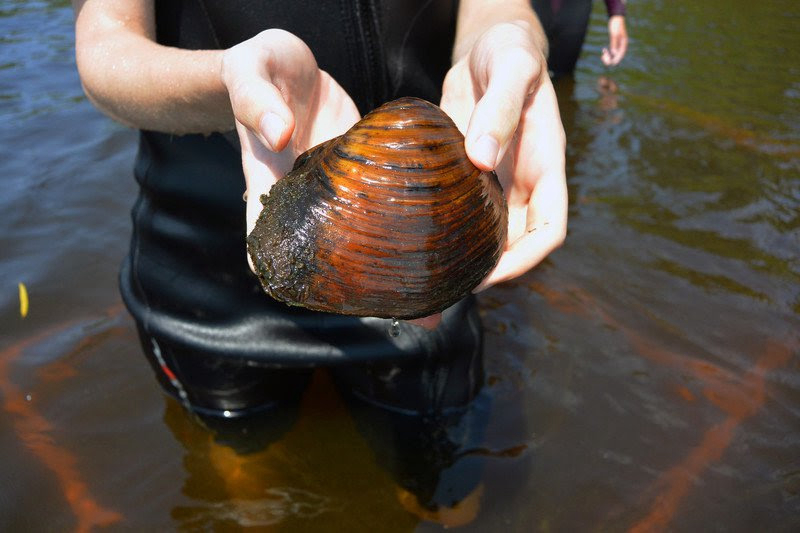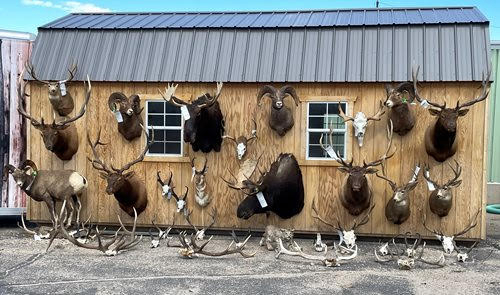Endangered Mussels to Gain Protected Habitat in 18 Eastern, Midwestern States

WASHINGTON— The U.S. Fish and Wildlife Service today agreed to designate critical habitat for four endangered freshwater mussels found in 18 states in the East and Midwest, marking a major legal victory for the species and for the Center for Biological Diversity.
The four colorfully named mussels — snuffbox, spectaclecase, sheepnose and rayed bean — range from Wisconsin and New York to Alabama and from Kansas to Virginia.
“Freshwater mussels are America’s most endangered group of animals, so it’s fantastic that these four incredibly important creatures will get habitat protection,” said Tierra Curry, a senior scientist at the Center. “Those safeguards will benefit these mussels along with the health of rivers across 18 states.”
The mussels were protected under the Endangered Species Act in 2012, but the Fish and Wildlife Service took no action to designate critical habitat for them until after the Center sued the agency in July 2018.
Under the agreement the agency must propose protected habitat areas for the mussels by Nov. 30, 2024. That protection will require anyone conducting a federally funded or permitted project in the mussels’ habitat to consult with the Service to ensure the area is not damaged. Species with federally protected critical habitat are more than twice as likely to be moving toward recovery as species without it.
The eastern United States has more species of freshwater mussels than anywhere in the world, but the region has already lost more than 23 kinds to extinction. Freshwater mussels are highly sensitive to water quality. They feed by filtering small particles from the water, improving water quality but accumulating pollutants in their bodies.
Species Background
The rayed bean, small and bean-shaped, was once found in 10 states, from Tennessee north into Canada. It has been lost from more than 70 percent of its former range and today is found only in small populations in Tennessee, West Virginia, Indiana, Ohio, Michigan, New York and Pennsylvania. It has been declining for decades and was first placed on a federal waiting list for Endangered Species Act protection in 1984.
The snuffbox, a medium-sized, yellow mussel, was once common in 18 states, ranging from Alabama to Canada. It has declined by more than 60 percent and has been lost from four states. It was first placed on a federal waiting list for Endangered Species Act protection in 1991.
The sheepnose is 5 inches long with an oval shell. In the past it was commercially harvested to make jewelry and buttons. It has declined by 70 percent and was identified as being in need of federal protection in 2004. Sheepnose are currently found in Alabama, Illinois, Indiana, Iowa, Kentucky, Minnesota, Mississippi, Missouri, Ohio, Pennsylvania, Tennessee, Virginia, West Virginia and Wisconsin.
The spectaclecase is 7 inches long with a narrow shell and is currently found in Alabama, Arkansas, Illinois, Iowa, Kentucky, Minnesota, Missouri, Tennessee, Virginia, West Virginia and Wisconsin. Very few of its surviving populations are known to be reproducing. It has declined by 70 percent and was first identified as being in need of federal protection in 1984.






